Pocket Option Kya Hai
A binary options bonus can provide you with extra money to trade with, sometimes for free with no deposit, but more often as an added percentage of whatever amount you deposit to your account (A ‘deposit match’ bonus).
Is Pocket Option real or fake? Pocket Option is not a trusted broker because it is not regulated by a financial authority with strict standards. We recommend you open an account only with brokers that are overseen by a top-tier and stringent regulator. All the 100+ brokers reviewed on the BrokerChooser website meet this criteria.
Is Pocket Option good for beginners? User-friendly platform: The Pocket Option platform is intuitive and easy to navigate, making it accessible for both beginner and experienced traders. Competitive payouts: Pocket Option offers competitive payouts, with some trades offering up to 95% returns on successful trades.
Here we list and compare all bonuses 2024 and explain the key points to ensuring that any bonus taken is a genuine benefit and does not become a source of frustration. We explore some of the common types of bonus, and when the right time to take it might be. We also discuss some of the pitfalls, and why all that glitters, may not be gold.
Introduction Pocket Option Kya Hai
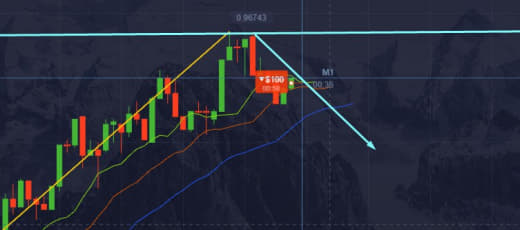 Brokers are filtered based on your location (Türkiye). Reload this page with location filtering off
Brokers are filtered based on your location (Türkiye). Reload this page with location filtering off
What are Binary Options Trading Bonuses?
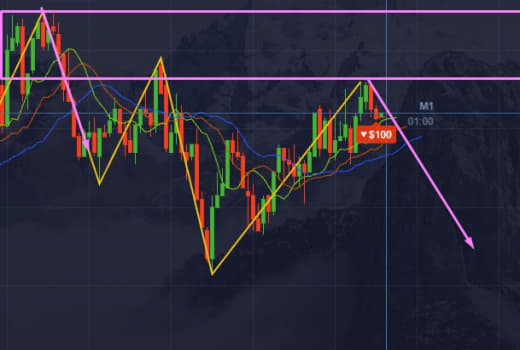
A binary options bonus is an offer from a broker, designed to provide the trader with additional funds to trade with or to mitigate losses should a trade go wrong. Normally the offer is in the form of a welcome bonus, or a sign up offer as it is sometimes also called. Welcome offers are of course also an incentive for new clients to join that particular broker.
They come in a variety of forms, for example:
- No deposit bonus
- Deposit match
- Risk free trade
- Education material
- Hardware or prizes
The bonuses will always come with terms and conditions. These terms are the most important aspects of comparing a bonus. A smaller ‘no strings’ bonus for example, might be much more attractive than a larger bonus that has some very restrictive terms and conditions.
Welcome Bonus Example
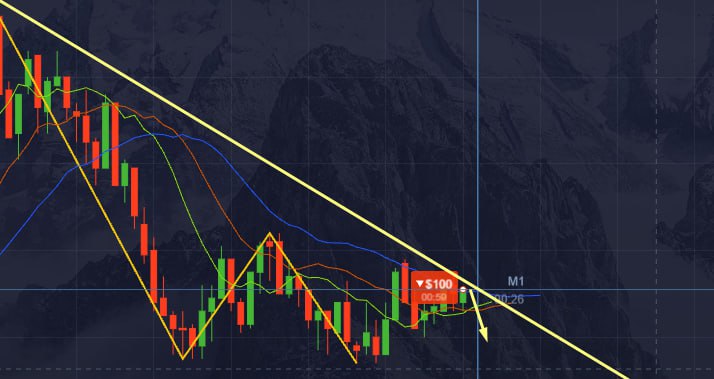
Let us take an example. The most common form of bonus is the ‘deposit match’. Here, when a new trader opens an account, their first deposit will trigger a bonus. This is normally a percentage of the deposit. So assuming the deposit was a 50% bonus deal:
- A trader makes a deposit of $200
- A bonus of 50% (In this case $100) would be added to their account
If the deposit match bonus figures was 100%, the same trader would get $200 in bonus funds.
Risk Free Trade
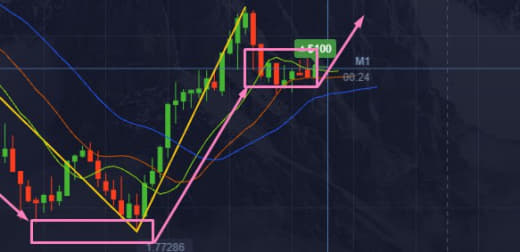
A risk free trade is another simple form of bonus. One attraction of the risk free bonus is that the terms are normally way less restrictive. A risk free trade gives the trader a chance to place a trade, knowing that if it loses, they do not lose any money from their account. If it wins, they keep the profits.
Some brokers will offer 3 or even 5 risk free trades, and they will all operate the same way. With more trades however, come more conditions. For example with one risk free trade, the broker is likely to pay out winnings as cash – immediately available for withdrawal. Where a broker offers more risk free trades, it becomes more likely that any winnings must be “turned over” (traded) a number of times before they can be withdrawn.
This is one of the reasons why when comparing bonuses, the terms are crucial. At the end of this page, we explore risk free trades in more detail, and explain why there is always some level of risk.
No Deposit Bonus
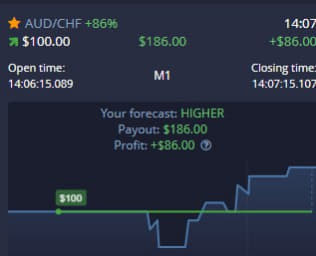
The ‘No deposit’ bonus is exactly what the name suggests – a bonus credited to an account without the need for an initial deposit. It is clearly an attractive option for a trader, but as explained above – reading the terms and conditions will be key. A no deposit bonus will generally require a very high turnover before any funds can be withdrawn, and this requirement will normally need to be met within a short space of time.
Given the terms and conditions are demanding, it becomes clear that a live account, with a ‘no deposit bonus’, will actually behave in much the same way as a demo account. The reason being, these bonus funds are unlikely to be withdrawn and are not “real money” until certain, strict, criteria have been met.
This type of bonus is also rare. It does not work that well for brokers, or traders. Recent months have seen a shift away from no deposit bonuses, into ‘risk free’ trades. This allows traders to use the live, real money platform, but place a handful of trades at no financial risk. Brokers now tend to offer either risk free trades, or deposit match bonus.
The Best Times to Claim Bonuses
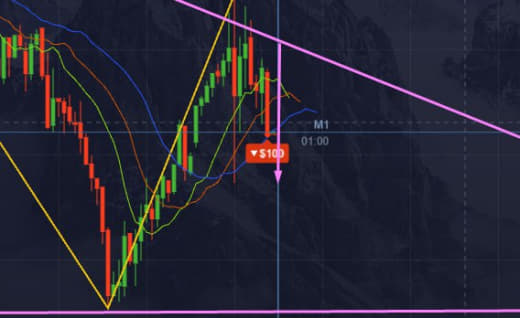
The best time to claim a benefit is often not at the point of making the first deposit. With some brokers, the best course of action is to open an account with the minimum deposit – turning down any bonuses. Then after a period of trading, call the broker and negotiate a bonus directly with them, based on a larger deposit. This is particularly effective if there is a larger sum to be invested. The bigger the second deposit, the better any bonus terms will be.
If that seems too much trouble, then new traders should certainly research any potential bonus – and ensure it will work for them. Make sure any bonus conditions can be met comfortably – without having to change any trading habits. Pay specific attention to turnover requirements, and any time restrictions by which time the limits need to have been met.
Term and Conditions

There are certain issues that traders should be aware of when comparing bonuses. All of these issues will normally be within the terms somewhere, so it is vital to check those. Here we will list some of the details to look out for when checking the small print of the bonus deal you have found:
- Withdrawal restrictions – Almost every bonus will have these. For example, are there turnover requirements to be met, and do they need to be met within a certain time? The bigger the deposit the more restrictive these will be. A $100 bonus that needs to be turned over 20 times, means $2000 worth of trading.
- Is your deposit locked in? – There are forms of bonus which actually lock the initial deposit, as well as the deposit itself, so that nothing can be withdrawn until turnover requirements are met. These bonuses are thankfully rare – but put the trader at a huge advantage. Any broker using these sort of terms is best avoided entirely.
- How is the bonus paid? – Are bonus funds separate from your deposit? If so, this is usually better.
- How are winnings paid with Risk free trades? – Are profits paid as cash into the account, or added as bonus funds (with their own terms and conditions to be met)
Finding The Best Offer
As we have covered, finding the ‘best’ binary options bonus is a case of delving into the terms and conditions. Only then can you judge if the bonus suits your trading style. A large bonus with restrictive terms could be worthless if those terms are not met without causing you to over trade. A small bonus, with few, if any, restrictions, could be a welcome boost to your trading funds. Biggest is not always best when it comes to bonuses.
Lastly, a high quality, reputable broker will make it easy for you to opt out of a bonus. Some will even allow you to cancel a bonus deal part way through. A broker pushing their bonuses on you could be seen as a red flag. if the bonus does not suit you, turn it down.
Why You May NOT Want That Deposit Bonus
Deposit bonuses are a common feature of binary options brokers today, who use them as an attraction to get new traders to open and fund accounts. Who wouldn’t want some free money but the question is, is it really free? There are several reasons why bonuses are not as free as they seem and why you may not want to accept one.
Trade Minimums – Every bonus comes with a trade minimum. This a dollar amount you must reach before the bonus monies can be withdrawn from your account. The minimum is based on your original deposit and the bonus so if you deposit $2000 and get a 50% bonus the minimum will be based on $3000. On average the trading minimum will be between 20 and 30 times the total account value. We have seen some as low as 15 times and some as high as 40 or 50 times the total account value. This means that an account with a total value of $3000 will have to make trades totalling $45,000 before the bonus is yours. I like to trade 1% of my account at a time to ensure that no one trade can damage my account. In a $3,000 account that means making trades of $30 at a time, $45K divided by $30 is 1500 trades. Of course, you can make bigger trades in order to clear the minimum faster but that can also lead to catastrophic losses.
Time Limits – Some, but not all, deposit bonuses have a time limit. This is usually something like 30, 60 or 90 days. This means that you have to reach the trade minimum before the time limit is up before you can make a withdrawal. We do not want to imply that any of you are not able to turn $3,000 into $45,000 but consider your chances of doing that within 30 days. You might not like being forced into trading more than your budget or system allows. The time limit may be another reason to shoot for the stars, trading more often or with larger amounts than you normally would and adding risk to your portfolio.
Withdrawals – Bonuses make withdrawing money from your account difficult. Some brokers, the shadier ones, will not let you withdraw any money until you meet the minimum trade limit. Brokers that do will not let you withdraw any part of the bonus or profits based on the bonus. In either case clauses in the terms will usually lead to you forfeiting the entire bonus and all profits with any withdrawal request prior to meeting the withdrawal requirements. If you trade your $3,000 account up to $10,000 or $15,000 you might want to take some out.
This broker (OptionYard) says that bonuses can not be redeemed for cash value, very shady.
Free Sign Up Bonus – A free $50 or $20 sign up bonus is not too uncommon these days. This is a “free” bonus you get when you sign up to an account and supposedly does not require a deposit. Except that it might. The only way to get the bonus could be to deposit money and then meet the bonus requirements. You may also get an additional deposit bonus on top of the sign up bonus, which means the bonus requirements could be quite high. Make sure to check what the case is with your preferred broker.
There is a reason why brokers continue to use bonuses as an incentive – they know that the average binary options trader is more likely to lose all of their money than to clear the bonus requirements. That is why the minimum requirements are so high and the time limits so short. In order to meet the minimum you will likely have to engage in risky trading behavior. Any time you are contemplating accepting a bonus be sure to read the terms of use and fully understand what it will take to clear the minimum. Like everything else in life not all brokers are the same and each will have different policies concerning the bonus and when and even if the bonus is really yours.
Bonuses are often applied to accounts automatically by the broker once they are funded so be wary of this an see if you can decline a bonus, should you want to, before you commit. In order to opt out you, the trader, are responsible for contacting their account representatives. Some brokers will also offer other bonuses from time to time so be sure to read the terms and conditions before accepting them.
The Risk In “Risk Free” Bonuses
There are hidden risks to risk free trading the average binary options trader is unaware of. Fortunately we can reveal what to look out for.
There are some obvious advantages to using the risk free trade, you won’t lose, but the fact remains there are some downsides to the equation that may make you think twice about using it. Following you will find a description of a few types of offers you may find and why they aren’t as risk “free” as advertised.
Free $50 Offer Or The No Deposit Bonus
Some brokers will give you a free $50 in order to get started trading. This sounds great and is potential way for a trader to take advantage of a broker for demo trading purposes. Of course, the $50 needs to be enough to make a trade or two.
To sweeten the deal some brokers will also let you know that it is possible to withdraw the $50 once you meet the trading minimum and volume requirements. This is not unusual in and of itself, bonuses come with terms. But beware of related “tie ins”. Minimum deposits are one requirement to unlock a withdrawal and this is true for the “No Deposit Bonus”. Sure you can get one. Sure you can withdraw it, but only after making a deposit. That deposit may also need to be way more than the original bonus.
Free Demo Or Risk Free Trading
Some brokers offer free demos to potential clients with only an email address in return. Not something to be worried about, it’s OK for them to want to get your email in return for the free service.
What’s not OK is to advertise the free the demo and then require a deposit to get it, that’s bait and switch. The demo is free, if you deposit with us. Worse yet is that most brokers who use this tactic aren’t really giving you a demo account, they are tacking a “demo bonus” on top of your deposit and all the trimmings that go with it; volume minimums and cumbersome withdrawal requirements. We do not list brokers that operate like this, but it is worth being aware of.
Cash Rebate Programs
Cash rebate programs sound really nice don’t they? This usually requires a certain minimum deposit, a certain minimum maintenance balance and a trade volume. But here is what you need to know – Some rebate programs give you money back only on your losses.
If you are a net loser on the month you get back some of your loss, if you are a net winner you get back nothing. The kicker is that if you are a net loser, you will have to make another deposit to maintain your balance requirement (where there is one). Some rebates don’t require a minimum balance, you have to lose all your money to get it.
Also remember that rebates are often paid as bonus funds – with their own set of terms. So they are often not that attractive after all.
The Risk Free Trade
The absolute worst of the risk free offers is the out and out risk free trade. Some brokers will offer you risk free on your first, second and third trade. These will always come with a minimum deposit and usually an automatic bonus.
If there is no automatic bonus then the money that you would have lost turns into bonus money. Your balance is still the same, you made a risk free trade, you didn’t lose any money – or did you? The “real money” has turned into bonus funds – with terms attached about withdrawals. There is certainly some risk still involved.
Top Brokers- Pocket Option » Visit
- Quotex » Visit
- Deriv » Visit
- IQCent » Visit
- RaceOption » Visit